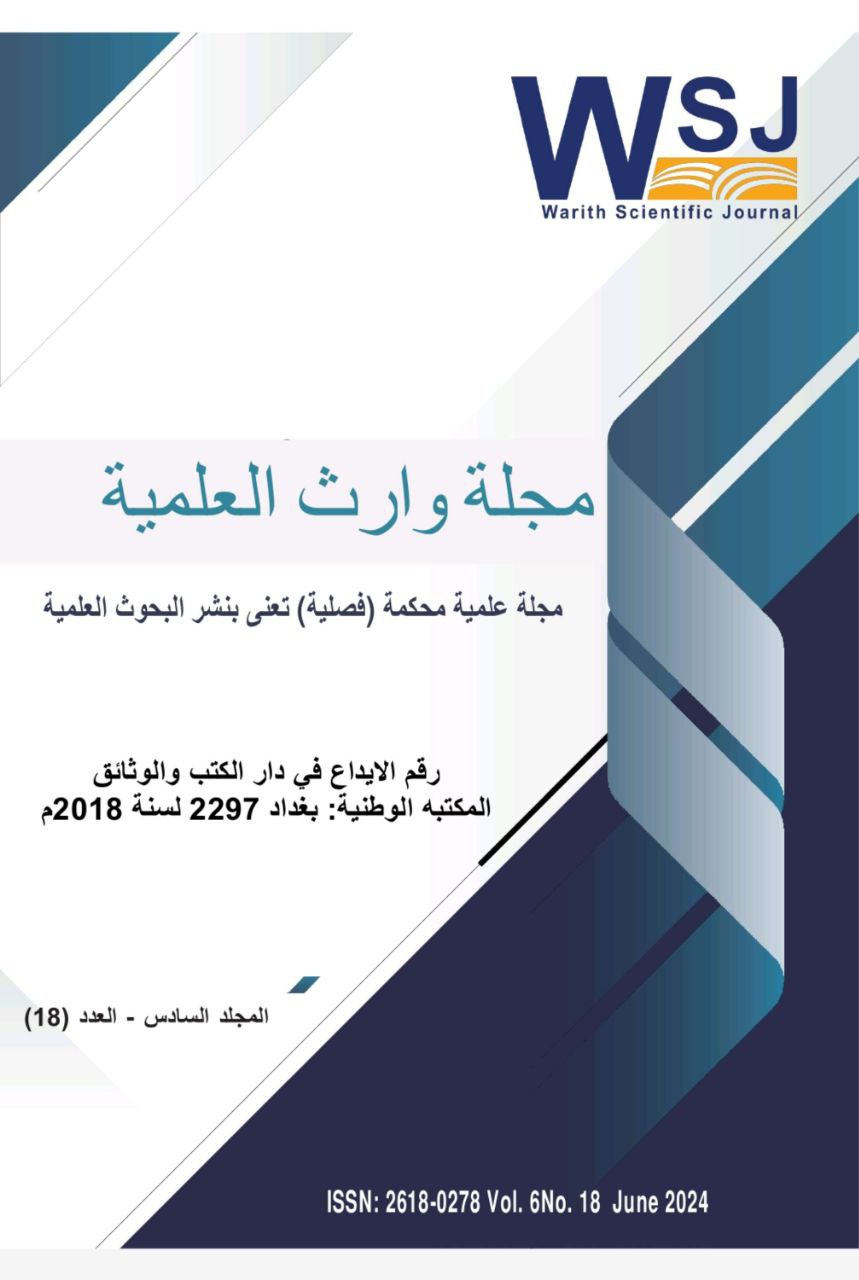Application of structural equation modeling to evaluate the impact of knowledge exchange on task performance: An empirical study in the Ministry of Culture, Tourism and Antiquities
##plugins.themes.academic_pro.article.main##
Abstract
This research aims to test the impact of knowledge exchange processes (donating and collecting knowledge) on performing tasks in the Ministry of Culture, Tourism and Antiquities. To achieve the objectives of the research, the analytical descriptive approach was used by distributing (278) questionnaires to employees in the ministry, and structural equation modeling was used with AMOS v.28 to build a model and analyze the relationships between variables in addition to the SPSS v.28 program. The research reached several conclusions, the most important of which was that knowledge exchange processes can create a culture of performance among the ministry's employees by building and encouraging knowledge sharing inside and outside their departments, which leads to increasing their skills and experience in developing the performance of their jobs. The most important recommendations require the ministry's departments to share knowledge among employees through Brainstorming sessions, which ensure that they obtain knowledge from their colleagues by sharing ideas and information they have with each other, in addition to motivating them to complete their work in new creative ways that ensure effectiveness and ensure that they do not feel bored of repeating the same routine procedures. Encouraging employees to help each other when Facing any problem that may occur during work, which may generate creative solutions that contribute to solving these problems and thus improving the performance of their tasks.

